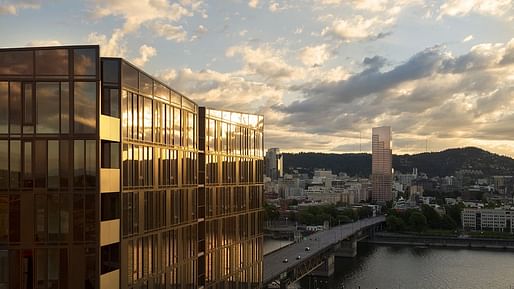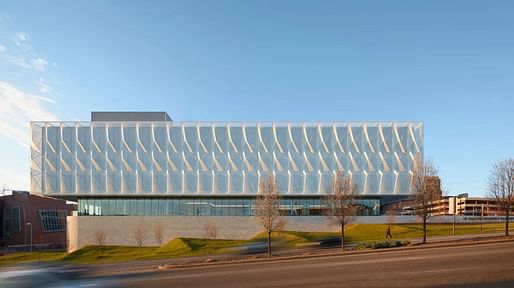

Construction input prices have risen by 23.1% within the last 12 months, according to an analysis of the U.S. Bureau of Labor Statistics’ Producer Price Index data, carried out by the Associated Builders and Contractors. For non-residential construction, this increase totaled 23.4% over 12 months. In July 2021 alone, construction input prices rose 0.6%, with non-residential construction input prices up 0.8% since June 2021.
The overall increase in construction costs is driven by a rise in the price of materials and inputs across the board. The price of steel mill products increased 108.6% in the last year and 10.8% in July 2021 alone. Meanwhile, the price of natural gas is up 146.7%, while crude petroleum is up 102.9%. These increases are continuing even as the price of lumber cools off after a year of rapid increases.

“One’s definition of transitory needs to evolve with these data,” says ABC Chief Economist Anirban Basu. “While it is quite likely that there will be less inflation a year from now, a rebounding economy, ongoing supply chain disruptions, and limited productive capacity have conspired to generate rapid price increases. Many economists insist that the current situation is merely temporary; still, today’s input price increases can meaningfully affect contractor fortunes by trimming margins and delaying the onset of projects.”
While the soaring costs have potential to deter or delay investment in construction projects, ABC also offers a positive reading of the numbers. Recent injections of money into the economy by the Federal Reserve have created large pools of investable finance, much of which is being diverted to real estate and construction, the organization says. That liquidity is partly responsible for the increased demand, and therefore price, of construction materials.

“The fact that steel prices are rising is not only an indication of the recovery transpiring in goods-producing industries like construction and manufacturing but also of the difficulty global suppliers are having keeping up with demand,” Basu says. “That dynamic does not appear poised to change substantially in the very near-term.” Basu warns that contractors should build contingencies into their contracts to protect themselves from additional materials price spikes, noting that the current high demand for contractor services should give them sufficient leverage to make such demands.
The predictions of surging demands in construction by the ABC align with a recent analysis by the AIA, which notes that construction demands will increase from 2022. Meanwhile, the latest AIA Architecture Billings Index for July shows continued expansion in demands for architectural services, continuing a run of six consecutive months of positive billing.
No Comments
Block this user
Are you sure you want to block this user and hide all related comments throughout the site?
Archinect
This is your first comment on Archinect. Your comment will be visible once approved.